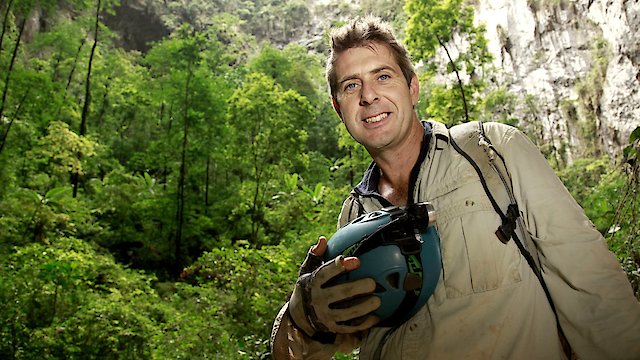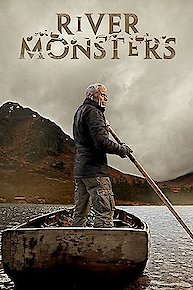
How to Grow a Planet
Where to Watch How to Grow a Planet
Watch How to Grow a Planet Season 1 Episode 3 Now
Watch How to Grow a Planet Season 1 Episode 2 Now
Watch How to Grow a Planet Season 1 Episode 1 Now

How to Grow a Planet is a ground-breaking 2012 BBC series that explores the intertwining relationships between our Earth’s biodiversity and the natural phenomena that have given shape to our planet. Spearheaded by notable geologist, Professor Iain Stewart, the series delves into the profound ways in which flora has played a pivotal role in the evolution of life on Earth.
Presented in three engrossing episodes, How to Grow a Planet offers an enriching narrative about our planet's history, exploring over 300 million years of evolutionary history where plants, from the humblest mosses to the mightiest trees, paved the way for the development of multifarious life forms. This exploration of life on Earth is a captivating journey, turning the spotlight towards plants as unsung heroes that have been instrumental in crafting the world as we know it.
The starting point of the series in the first episode, "Life from Light," uncovers the role of plants in harnessing the sun's energy through photosynthesis. It sheds light on how plants managed to transform our barren planet into a lush green world teeming with life. The narrative is taken further by the depiction of how plants developed hard trunks and set the foundation for complex ecosystem frameworks, thereby birthing forests that breathed life into our planet.
Moving forward to the next episode, "The Power of Flowers," the documentary examines the profound impact of flowering plants on the Earth’s landscape, climate, and diverse species. Professor Stewart weaves an enlightening narrative about how these unsung heroes made our terrestrial sphere more habitable, leading to speciation, migration, adaption, and the survival of diverse species including humans. The evolution of flowers facilitated the proliferation of insects and birds, and the creation of fertile soils that ultimately contributed to the emergence and survival of mammalian species.
The series concludes with the third episode, "The Challenger," encompassing the journey of the humble grass from its evolution to being a dominant life form across multiple landscapes. Grass, as the documentary shows, initiated a revolution contributing to the rise of grazing animals and subsequently our ancestors who discovered farming – a considerable advancement that shaped the paths of civilization and culture.
What makes How to Grow a Planet stand out is its persuasive narrative that reframes the way we view our natural environment. The series blends vivid imagery with scholarly discourse to immerse viewers in an unseen world and ultimately, acknowledge the role of plants in orchestrating this magnificent web of life.
Combining beautifully-shot footage, graphics, experiments, and on-location explorations, the series provides in-depth knowledge while making complex concepts comprehensible and engaging. The visual storytelling of How to Grow a Planet is nothing short of stunning with sweeping landscapes, close-ups of natural elements, and macro shots that showcase the intricacies of plant life.
The narration by Professor Stewart injects credibility and authenticity into the documentary. Known for his expertise in geology and earth science, his passion and enthusiasm for the subject are evident throughout this educational journey. He is instrumental in explaining the science behind every transformation, facilitating an understanding of the broader picture, and emphasizing the interconnectedness of life on Earth.
Moreover, the presence of thoughtful and meticulously prepared experiments further substantiates the narrative. They engage the audience, complement the storytelling, and provide tangible evidence supporting claims and theories discussed in the series.
Overall, How to Grow a Planet is more than just a documentary about plant life. It is an exceptional journey into the past, recognizing and appreciating the subtleties of nature that, for millennia, have crafted and nurtured the familiar landscapes we dwell in today. It provokes thoughts about our understanding and relationship with the natural world and encourages us to view plants, not just passive entities, but as active, dynamic players in Earth's survival.
In essence, How to Grow a Planet is a captivating tale of evolution, emphasizing the extraordinary role of plants in transforming our planet. It is a must-watch for anyone intrigued by nature, the environment, the history of the Earth, and how they all intertwine to create the world we inhabit today. An enlightening, visually stunning, and emotionally impactful glance into our world, How to Grow a Planet is educational television at its finest.
How to Grow a Planet is a series categorized as a canceled/ended. Spanning 1 seasons with a total of 3 episodes, the show debuted on 2012. The series has earned a mostly positive reviews from both critics and viewers. The IMDb score stands at 8.6.






























